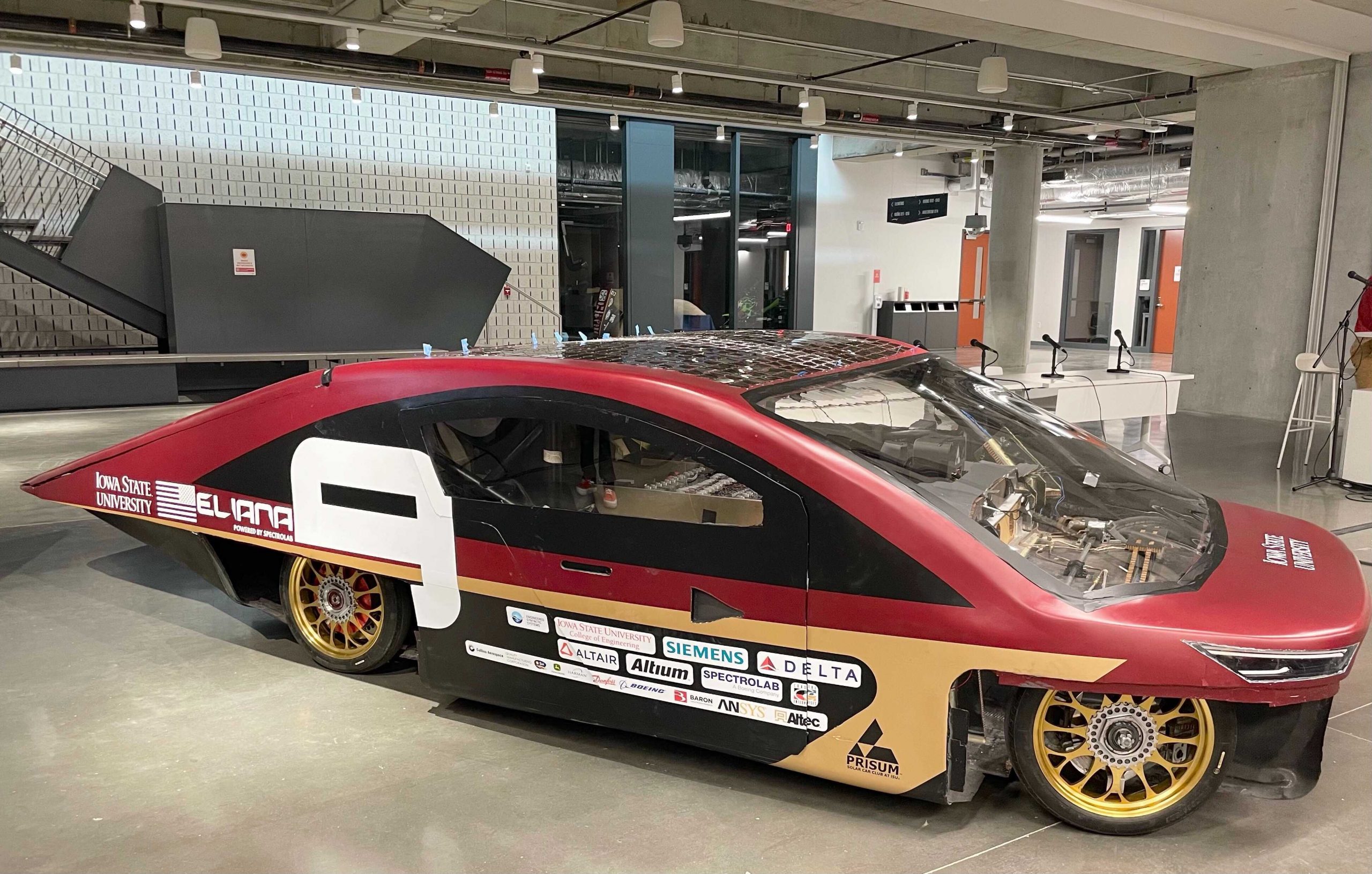
Vehicle design is the process of creating and developing the appearance, functionality, and overall aesthetics of automobiles. It involves various aspects such as exterior and interior design, ergonomics, safety features, and the integration of technology.
With a focus on meeting consumer demands and industry trends, vehicle designers aim to create visually appealing, efficient, and innovative vehicles that cater to the needs and preferences of the target market. From the conceptualization and sketching stage to the use of advanced digital design tools, vehicle design is a multi-disciplinary field that combines artistic creativity, engineering principles, and market research to create vehicles that are both practical and desirable.

Credit: media.cadillac.com
The Evolution Of Vehicle Design
Vehicle design has undergone significant changes throughout the years, adapting to various influences. Technological advancements have played a crucial role in shaping modern vehicle design. With each passing year, vehicles have become more streamlined, incorporating innovative features. The aesthetics of automotive design have gained prominence, ensuring that vehicles are visually appealing in addition to being functional.
This evolution has allowed for the creation of vehicles that not only perform well but also capture the attention of consumers. The integration of technology has resulted in the development of electric and autonomous vehicles, revolutionizing the automotive industry. As designers continue to push boundaries, we can expect further advancements and breakthroughs in vehicle design in the future.
The changing landscape of vehicle design showcases the constant evolution and adaptation of this industry to meet the needs and desires of consumers.
Design Principles In Automotive Innovation
Design principles in automotive innovation emphasize the crucial balance between form and function in vehicle design. Integrating safety measures and efficiency into the design process is paramount. By prioritizing these aspects, automotive designers can ensure that the final product not only looks aesthetically pleasing but also performs optimally.
To create cutting-edge vehicles, designers need to strike a delicate balance between innovation and market demands. This entails incorporating forward-thinking features while considering the practicality and feasibility of implementation. With these design principles as the foundation, automotive innovation can continue to evolve and meet the ever-changing needs and expectations of consumers.
In this ever-advancing industry, the synergy between form, function, safety, and efficiency holds the key to the development of revolutionary vehicles that enhance our lives.
Embracing Sustainability In Vehicle Design
Embracing sustainability in vehicle design has become imperative in the automotive industry. Eco-friendly and electric vehicles are gaining popularity due to their reduced carbon emissions. Automotive designers are incorporating sustainable materials into their design process, making use of innovative solutions to minimize the environmental impact of vehicles.
By using materials that are environmentally friendly and renewable, designers can ensure that the entire lifecycle of a vehicle supports sustainability. Additionally, reducing carbon emissions through innovative design solutions plays a crucial role in creating a greener transportation system. These design choices not only contribute to a cleaner environment but also help in creating a more sustainable future for generations to come.
Embracing sustainability in vehicle design is a progressive step towards a greener and more eco-conscious future.
Conclusion
Vehicle design plays a pivotal role in shaping the future of transportation. It combines artistry with functionality, incorporating innovative technology and sustainable practices. The design of vehicles influences not only their aesthetic appeal but also their performance, safety, and environmental impact.
By focusing on aerodynamics, materials, and advanced systems, vehicle designers can create more efficient and eco-friendly transportation solutions. The ever-evolving automotive industry continually pushes the boundaries of design, resulting in sleeker, more stylish vehicles that captivate our imaginations. Moreover, as electric and autonomous vehicles become more prevalent, the design of these vehicles will play an even more critical role in winning over consumers.
It is an exciting time for vehicle design as it merges technological advancements and artistic expression to shape the future of mobility. With the continuous advancement of technology and the increasing demand for sustainable transportation, vehicle design will continue to evolve, allowing us to experience a more efficient and environmentally friendly way of getting around.









